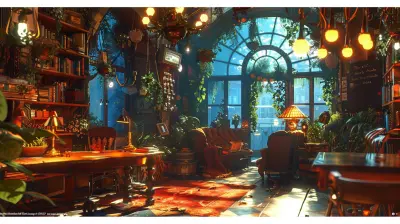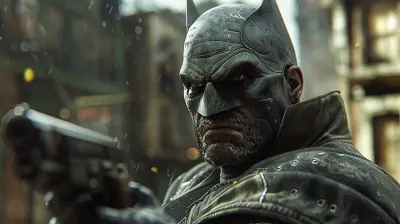Represent Yourself: How Character Customization Fosters Player Identity
15 September 2025
Picture this: you're jumping into a brand-new game world. The loading screen fades, and suddenly you're prompted to choose your character's hairstyle, facial features, clothing, and maybe even their voice. This moment, often overlooked by some, might just be the most personal and powerful part of the entire gaming experience. Why? Because it's the first opportunity you get to say, "Hey, this is me"—or at least the version of you that fits this new digital universe.
In the ever-evolving landscape of gaming, character customization has become more than just an eye-candy option. It’s a key tool developers use to connect players with their avatars, allowing individuals to project themselves into the game in meaningful ways. Whether you're creating a battle-hardened warrior, a mischievous elf, or a sci-fi cyborg, customization has a profound impact on how we see ourselves in-game and even how we play.
So, how exactly does character customization foster player identity? Let’s dive into this fascinating blend of psychology, design, and digital self-expression.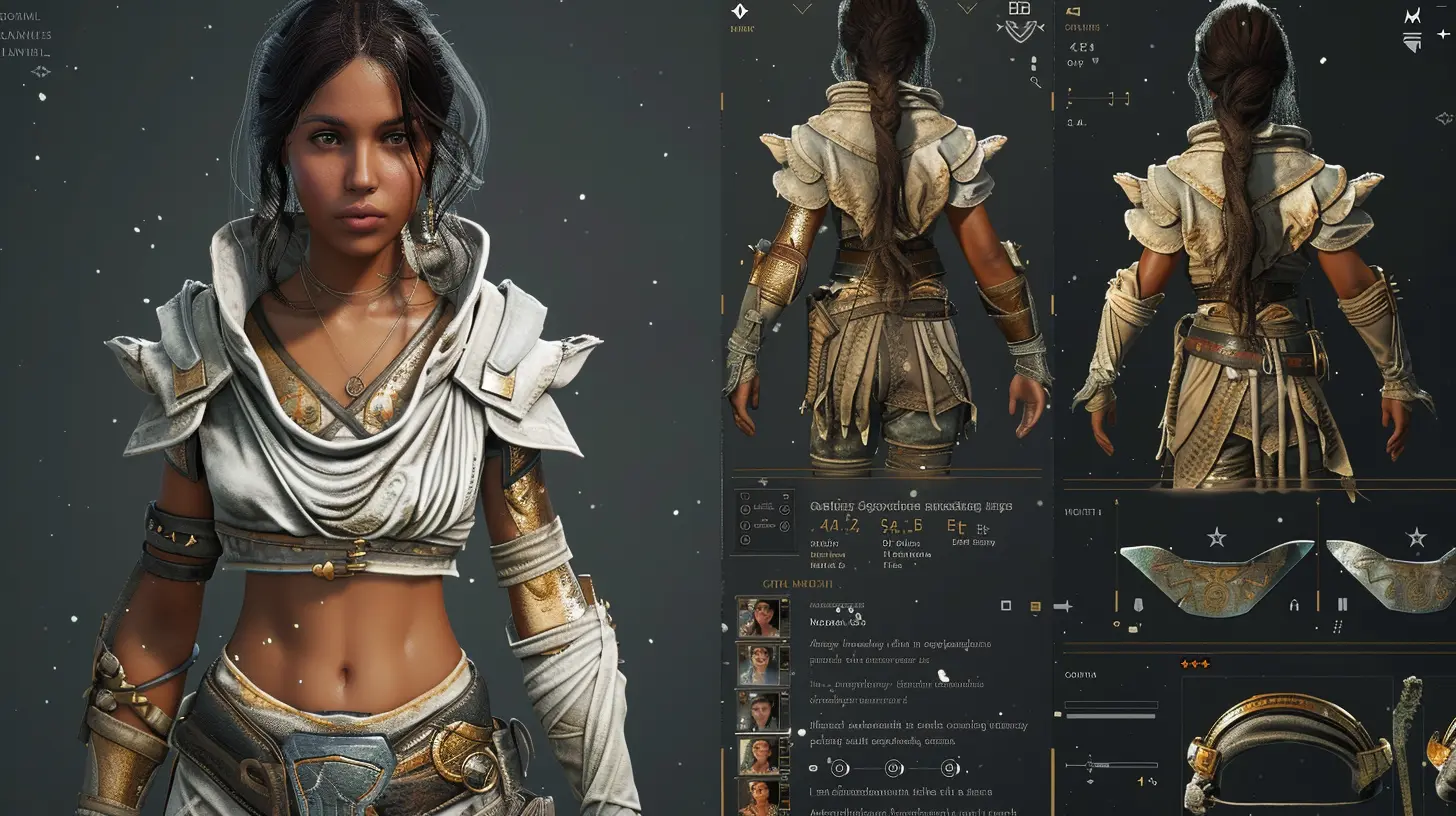
Why We Crave Customization
Let’s be real—everyone wants to feel unique, even in the virtual world. It's not just about standing out in a multiplayer lobby or looking cool during cutscenes. Customization taps into something much deeper: our innate desire to express ourselves. Just like how your clothes, hairstyle, or car might reflect your personality in real life, a customized character is your way of signaling who you are inside a digital universe.But it’s not only about reflecting your real self. A lot of players use customization as a sandbox for experimenting with new personas. Want to be a noble knight even though you're a laid-back couch potato in real life? Go for it. Prefer playing as a mysterious rogue who lives life in the shadows? Nothing’s stopping you. The virtual world is your playground.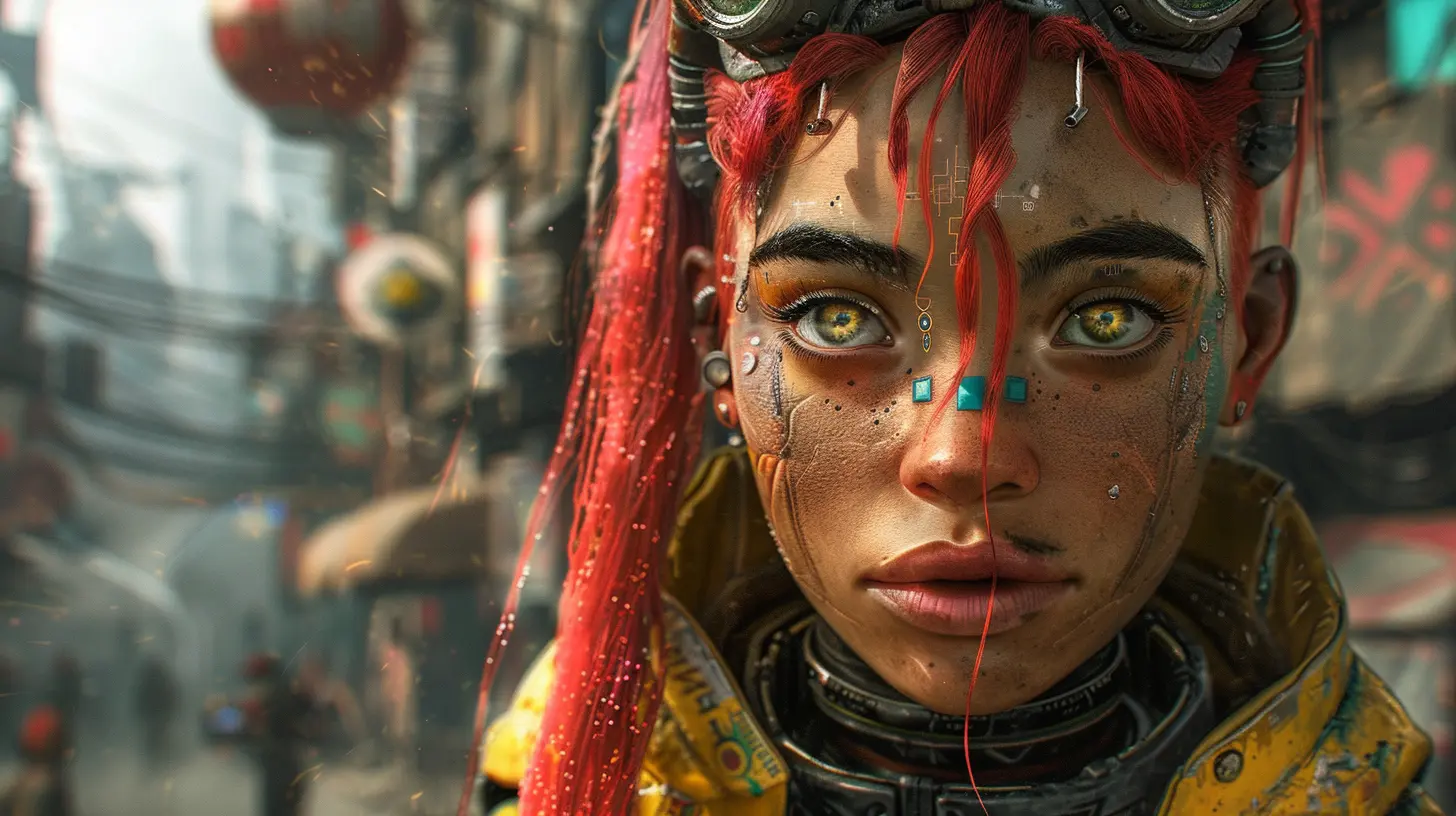
The Psychology Behind Avatar Creation
Avatars serve as the bridge between us and the digital world. And when we create them, believe it or not, we're subconsciously crafting a version of ourselves—or in some cases, an alternate version we aspire to be.Psychologists call this the “Proteus Effect.” According to research, the characteristics of an avatar can influence the player’s behavior. Play as a tall, confident character, and you might find yourself acting more assertively in-game. Choose a gentle-looking healer? You could feel more compassionate and nurturing while playing. It’s like putting on a costume and suddenly slipping into a new role you didn’t even know you had in you.
This isn’t just limited to behavior in the game world, either. Some studies suggest that customized avatars can even affect real-world self-image and confidence. Fascinating, right?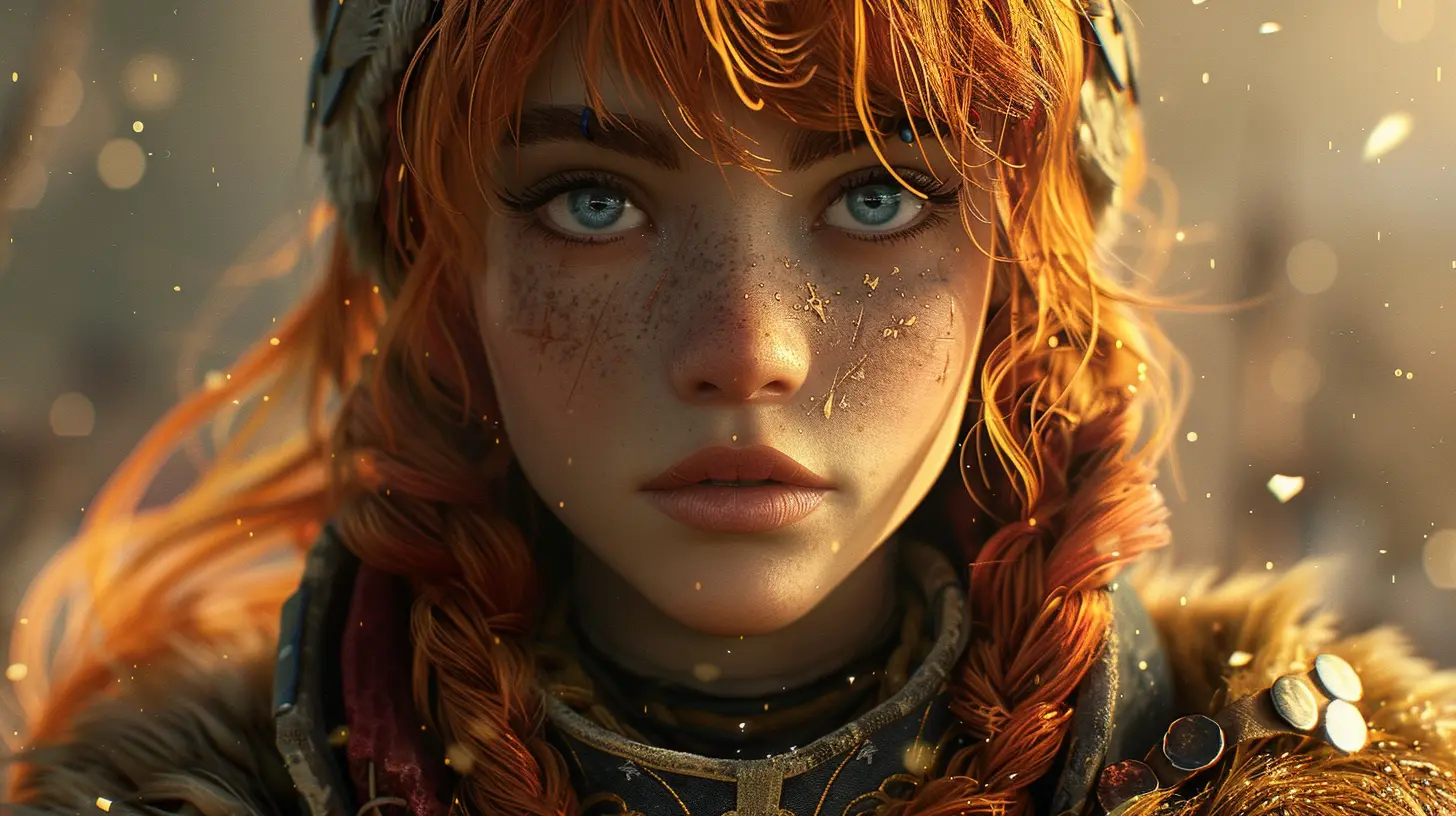
Representation Matters (And It Should)
Let’s talk about something important: representation. The gaming industry, for a long time, struggled with offering diverse options when it came to character creation. It wasn’t that long ago when your only choice was a generic white male hero with square shoulders and a brooding frown.Thankfully, things are changing. Developers are becoming more aware of the importance of inclusive character customization. Whether it’s offering a wide range of skin tones, body types, genders, or even cultural fashion and hairstyles, more games now allow players to build characters that truly reflect who they are—or who they want to be seen as.
Why does this matter? Because feeling seen matters. If you’ve never had a character who looked like you growing up, seeing that representation now can be an incredibly emotional experience. It's more than a checkbox for diversity—it's validation.
Immersion Gets A Major Boost
Ever tried immersing yourself in a game where your character looks and feels nothing like you—or the vision you had for them? It’s tough, right? It’s like reading a novel where the protagonist doesn’t speak your language. Sure, the story might still be great, but something feels... off.Customization fixes that. It pulls you into the world and makes you feel like you belong there. You're not just playing a game; you’re living inside it.
Games like The Sims, Cyberpunk 2077, or Elden Ring let you create everything from realistic avatars to bizarre creations. And that’s not just for flair. That level of control gives players a deeper emotional investment. When you’ve spent time sculpting every detail—from eye color to scars to fashion style—you care more about what happens to that character.
How Multiplayer and Customization Collide
Let’s switch gears a bit. In multiplayer games, customization often plays a social role too. Think about games like Fortnite, World of Warcraft, or Apex Legends. In these worlds, what your character wears or how they’re styled can say a lot about you—your experience level, your style preference, heck, even your sense of humor.It becomes a silent language. That quirky skin? Maybe it tells other players you don’t take things too seriously. That battle-worn armor? A sign you’ve been through some serious raids. Customization in multiplayer settings isn’t just about self-expression; it’s about social signaling.
And let’s not forget role-playing communities, where character customization is the backbone of storytelling and interpersonal dynamics. For them, crafting a unique character isn’t a side feature; it's the whole point.
Customization Options That Truly Matter
Now, not all customization systems are created equal. We've all seen games where choices are painfully limited—three hairstyles, all in the same color, and two face shapes that somehow make every character look like the same person.The best customization systems, on the other hand, give players freedom. And no, we’re not just talking about sliders for jawlines or cheekbones. We’re talking about meaningful options that let you shape race, gender, voice, backstory, body diversity, disabilities, fashion, and more.
Games like Baldur’s Gate 3 and Monster Hunter World offer pretty robust systems that cater to various playstyles and identities. It's not just about looks; it’s about creating someone you can emotionally and mentally connect with.
The Future of Character Customization
So, what's next? Well, we’re already seeing leaps in technology that could push personalization even further. Think facial scanning, voice modulation, or AI-assisted customization that molds the character based on your real-life preferences or personality traits.Plus, with the metaverse looming on the horizon and virtual reality becoming more mainstream, customization will only get more intense—and more important. After all, if you're going to live in a virtual space for extended periods, you’ll want that avatar to feel like home.
Even more exciting? The rise of user-generated content. Some games now let players create skins, outfits, and even characters that others can download. It’s like Etsy, but for avatars.
Character Customization: More Than Just Looks
Let’s pause and recap here. Character customization isn’t just slapping on a fancy outfit or choosing a cool haircut. It’s personal. It’s psychological. It’s cultural. It’s emotional.It lets you be yourself. Or someone else. Or several versions of yourself, depending on the day.
It makes you care. When you pour effort into designing your character, you form a bond. You’re more likely to feel those victories, defeats, and dramatic plot twists deeply.
It brings people together. In online worlds, your avatar can be your introduction, your icebreaker, your digital handshake.
And maybe most importantly, it allows everyone—regardless of gender, race, orientation, or background—to feel like they belong in the world of gaming.
Final Thoughts: You're the Hero, Literally
Games are no longer just about pixelated graphics and high scores. They're about experiences, emotions, and stories—yours included. And the more a game lets you reflect yourself—or reimagine yourself—the more powerful that experience becomes.Character customization is the mirror we hold up to our digital selves. Sometimes it shows us who we are. Other times it shows us who we want to become.
But no matter what it reflects, it’s yours. And that’s why it matters.
So next time you're tweaking nose bridges, adjusting skin tones, or debating between a cape or hoodie, remember—you're not just making a character. You're making a statement.
all images in this post were generated using AI tools
Category:
Character CustomizationAuthor:

Pascal Jennings
Discussion
rate this article
1 comments
Hattie King
Character customization significantly enhances player identity, allowing for deeper emotional connections and personal expression, ultimately enriching the gaming experience and community engagement.
September 21, 2025 at 3:54 PM

Pascal Jennings
Thank you for your insightful comment! I completely agree—character customization truly empowers players to express themselves, deepening their connection to the game and fostering a vibrant community.
